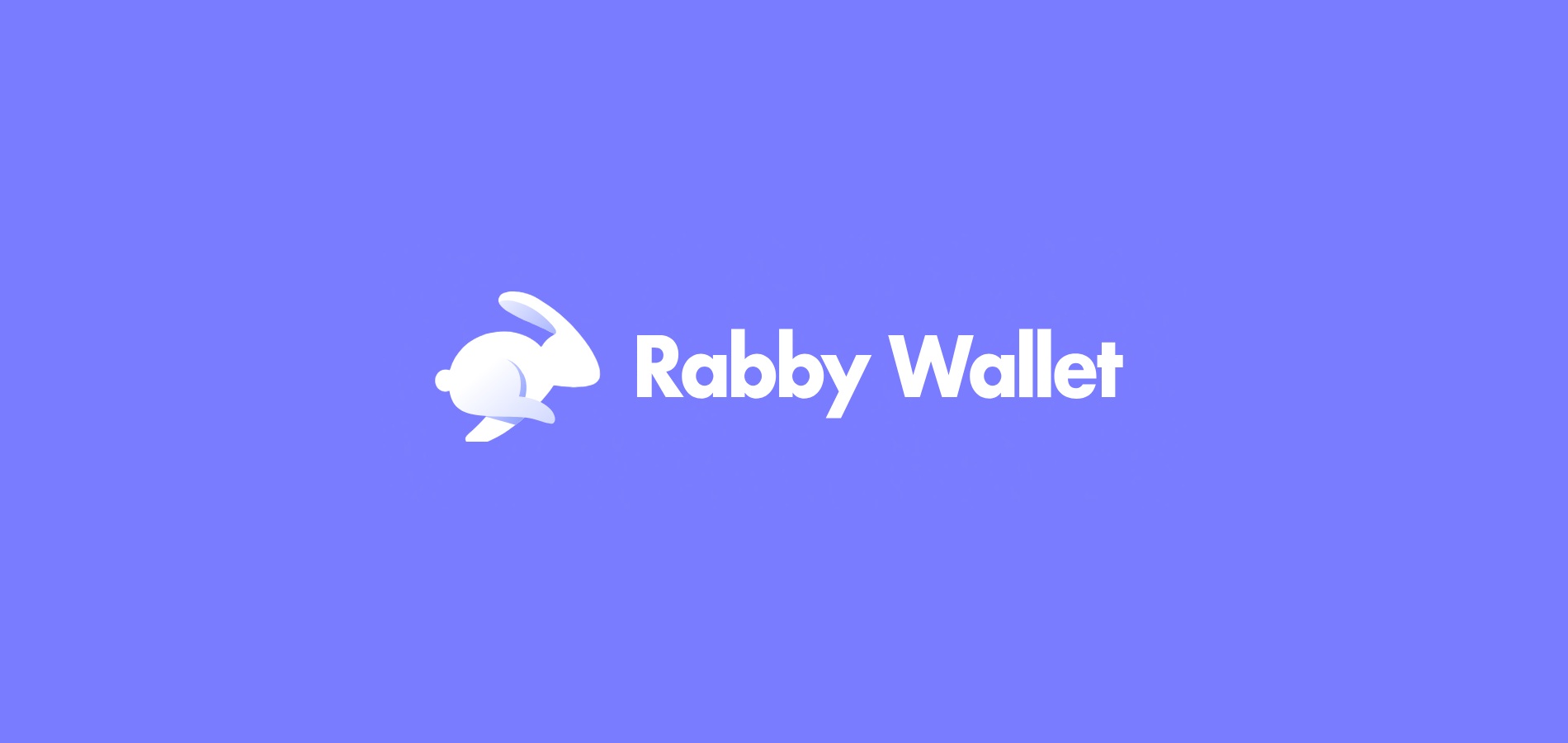Wait, have you ever wondered why moving assets across different blockchains still feels like juggling flaming swords? Seriously, cross-chain swaps are supposed to make DeFi seamless, but the reality? It’s messy. I mean, you’ve got multiple chains, each with their own quirks, and then toss in wallet security concerns and yield farming strategies that can either make you rich or leave you empty-handed. Talk about a rollercoaster.
At first, I thought, “Okay, it’s just about moving tokens around.” But then I realized—it’s way deeper. Cross-chain swaps aren’t just about asset transfers; they’re about trust, speed, and security all tangled together. And oh boy, wallet security audits? Not just a checkbox for compliance—these audits can make or break your whole DeFi experience. I’ll get into why in a bit.
Here’s the thing. Yield farming caught me off guard. It’s not just passive income; it’s a game of timing, risk, and sometimes pure luck. I’ve seen people jump into pools with high APYs only to watch their gains evaporate overnight.
Okay, so check this out—if you’re navigating DeFi, you’ve probably run into the rabby wallet extension. It’s that nifty little browser extension that claims to streamline your multi-chain wallet management. I was skeptical at first, but it’s honestly been a game-changer when juggling assets across Ethereum, BSC, and a few others.
Still, the more I dug, the more I realized how complex the whole ecosystem is. Cross-chain swaps? They’re evolving but far from perfect. Wallet audits? Critical, yet often overlooked. Yield farming? Exciting but a minefield.
The Cross-Chain Swap Conundrum
Wow! Let’s start with cross-chain swaps. At face value, it sounds straightforward: swap tokens from Chain A to Chain B without going through a centralized exchange. But the devil’s in the details. My gut feeling told me early on that trustless swaps across chains are tough to pull off without some serious tech wizardry.
Initially, I thought atomic swaps were the silver bullet—contracts that either complete fully or not at all. But in practice? Network delays, different consensus mechanisms, and liquidity issues make it complicated. And don’t get me started on the user experience; it’s clunky and prone to errors, especially for newcomers.
On one hand, bridges and wrapped tokens tried to fill the gap, but actually, they introduce their own risks—centralization, potential for hacks, and sometimes hidden fees. For instance, the infamous Poly Network hack exploited bridge vulnerabilities to drain $600 million. That’s not something you want lurking around your assets.
So, here’s a thought—multi-chain wallets like the rabby wallet extension can help mitigate some pain points by consolidating your assets and interactions across chains. But they’re only as secure as their design and the audits behind them.
Hmm… I can’t help but wonder how many users blindly trust these tools without knowing what’s under the hood.
Wallet Security Audits: Not Just Another Checklist
Okay, here’s what bugs me about wallet security audits—they’re often glamorized but not standardized. Some projects rush audits to tick a box, while others dive deep. My instinct said, “If you’re serious about your crypto, you better insist on thorough audits.” But then I realized, even audits can miss stuff; no system is bulletproof.
What’s really interesting is how audits have evolved. They’re not just about code anymore but also user interface risks, phishing vector assessments, and even social engineering vulnerabilities. For example, a wallet might have airtight smart contracts, but if its browser extension permissions are too broad, you’re exposed.
And this is where tools like the rabby wallet extension come in again. It’s designed with security audits in mind, minimizing attack surfaces and warning users before risky actions. But, honestly, I still recommend staying vigilant—no extension is foolproof.
By the way, have you noticed how many wallet hacks stem from user error or phishing rather than code flaws? That’s a whole different beast.
Yield Farming: The Double-Edged Sword
Yield farming… oh man, this one’s tricky. At first, I thought it was just about staking tokens and watching your balance grow, but nope. It’s more like high-stakes strategy mixed with a bit of gambling. Yields can skyrocket, but so can impermanent loss and rug pulls.
One time, I jumped into a new farming pool with sky-high APYs. The promise of 100%+ returns was too tempting. Something felt off about the project, but hey, FOMO got me. A week later, the liquidity vanished, and so did my tokens. Lesson learned the hard way.
What’s fascinating is how yield farming strategies are becoming more sophisticated, leveraging cross-chain swaps to optimize returns. But that also means you need tools that can handle multi-chain interactions seamlessly and securely.
That’s why I keep coming back to the rabby wallet extension. It simplifies managing positions across chains and integrates with various DeFi protocols. Still, I’m biased—I like tools that put security front and center.
Honestly, yield farming isn’t for the faint of heart. It demands constant attention, risk assessment, and sometimes quick reflexes.
Wrapping It Up—or Not
So, here’s the kicker: DeFi’s future hinges on solving these intertwined challenges—making cross-chain swaps smoother, wallet security audits more rigorous, and yield farming less risky. I’m cautiously optimistic. The tools are getting better, but we’re still in the early days.
It’s tempting to think the tech will just “figure itself out,” but trust me, active user awareness and choosing the right tools matter. If you’re diving into multi-chain DeFi, give the rabby wallet extension a try—it’s not perfect, but it’s a solid step toward safer, simpler multi-chain management.
Anyway, that’s my take. I’m not 100% sure about everything—this space moves fast and surprises me all the time—but one thing’s clear: staying informed and cautious is your best bet. And hey, if you ever feel overwhelmed, you’re not alone…
Partner links from our advertiser:
- Real-time DEX charts on mobile & desktop — https://sites.google.com/walletcryptoextension.com/dexscreener-official-site-app/ — official app hub.
- All official installers for DEX Screener — https://sites.google.com/mywalletcryptous.com/dexscreener-apps-official/ — downloads for every device.
- Live markets, pairs, and alerts — https://sites.google.com/mywalletcryptous.com/dexscreener-official-site/ — DEX Screener’s main portal.
- Solana wallet with staking & NFTs — https://sites.google.com/mywalletcryptous.com/solflare-wallet/ — Solflare overview and setup.
- Cosmos IBC power-user wallet — https://sites.google.com/mywalletcryptous.com/keplr-wallet/ — Keplr features and guides.
- Keplr in your browser — https://sites.google.com/mywalletcryptous.com/keplr-wallet-extension/ — quick installs and tips.
- Exchange-linked multi-chain storage — https://sites.google.com/mywalletcryptous.com/bybit-wallet — Bybit Wallet info.
Partner links from our advertiser:
- Real-time DEX charts on mobile & desktop — https://sites.google.com/walletcryptoextension.com/dexscreener-official-site-app/ — official app hub.
- All official installers for DEX Screener — https://sites.google.com/mywalletcryptous.com/dexscreener-apps-official/ — downloads for every device.
- Live markets, pairs, and alerts — https://sites.google.com/mywalletcryptous.com/dexscreener-official-site/ — DEX Screener’s main portal.
- Solana wallet with staking & NFTs — https://sites.google.com/mywalletcryptous.com/solflare-wallet/ — Solflare overview and setup.
- Cosmos IBC power-user wallet — https://sites.google.com/mywalletcryptous.com/keplr-wallet/ — Keplr features and guides.
- Keplr in your browser — https://sites.google.com/mywalletcryptous.com/keplr-wallet-extension/ — quick installs and tips.
- Exchange-linked multi-chain storage — https://sites.google.com/mywalletcryptous.com/bybit-wallet — Bybit Wallet info.















